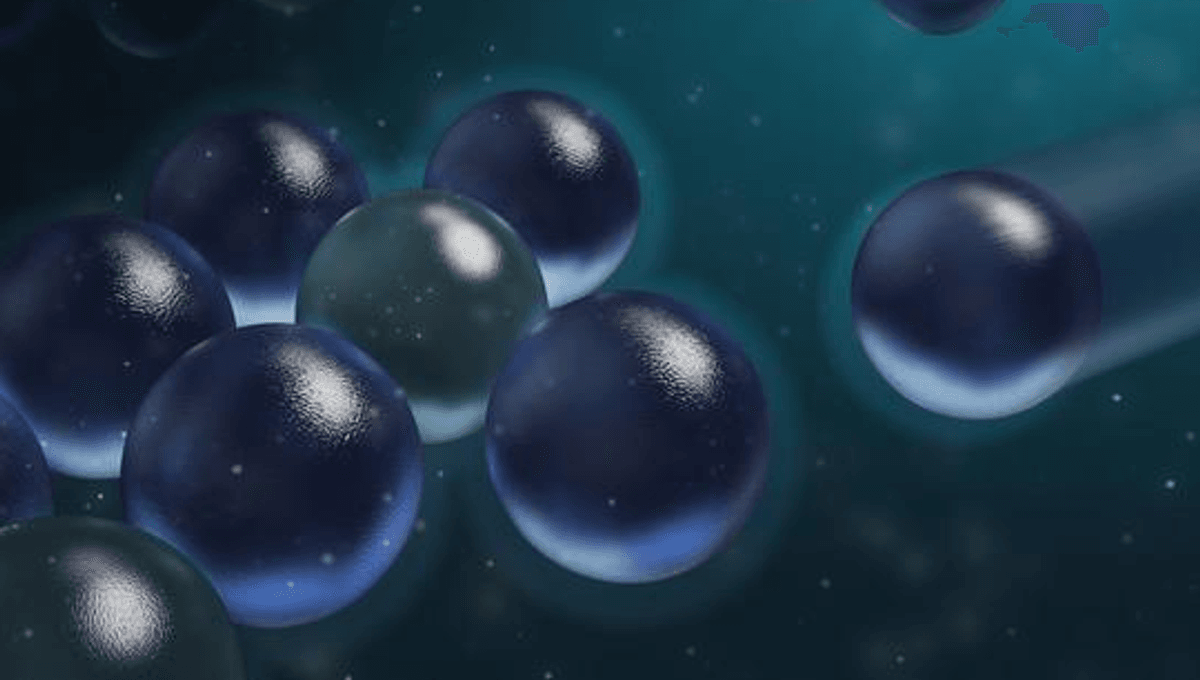
The principle that opposite charges attract and like charges repel has some exceptions, chemists have shown, complicating what is seen as a fundamental law of physics. There are few things that make chemists happier than getting one over on physicists, so the discovery must have caused great delight for that reason alone, and there could be significant biological implications as well.
The observation that opposites attract, and likes repel, has worked its way out from electrostatics and magnetism. Applied to human interactions, it’s so familiar we sing about it. We know, however, that for psychology these patterns are very much dependent on circumstance, and it turns out the same is true at the molecular level.
“Because like-charged objects in vacuum are expected to repel regardless of whether the sign of the charge they carry is positive or negative, the expectation is that like-charged particles in solution must also monotonically repel,” a team led by Oxford University’s Professor Madhavi Krishnan write. However, they’ve proven this wrong.
Under Krishnan’s guidance, two graduate students found negatively charged particles can attract each other in slightly acidic water with low concentrations of salt.
Stranger still, positively charged particles continue to repel each other, at least until you get them drunk. Once the charges were placed in an alcohol solution, the positive charges show long-distance attraction, while the negative ones return to normal repulsion.
Krishnan and colleagues deposited charges on silica microparticles 5 micrometers (0.0002 inches) wide and suspended them either in water or two types of alcohol. Electrostatic repulsion pushed particles of the same charge apart, according to laws established in the 19th century. Despite this, negatively charged silica particles in water formed themselves into hexagonal clusters, although the effect disappeared when the pH of the water was outside a narrow window, around 5-6.5. The clusters have voids within them, proving the attractions can occur even when not in direct contact. In either ethanol or isopropanol, it was the negatively charged particles that came together.
Something else, which they call the “electrosolvation force”, was overriding the normal repulsion, but only in the right liquid.
We know electrorepulsion can be overcome, otherwise atoms couldn’t have more than one proton in a nucleus. However, the strong force that makes large nuclei possible only operates on scales of 10-15 meters. The van der Waals force, most famous for allowing geckos to cling to the ceiling, operates on much larger scales than the strong force, but it is still too weak at the range studied here to be responsible.
Although the effect is very dependent on the liquid in which the charges are distributed, the particles themselves don’t seem to matter, as long as they carry the charge. The team repeated their results with polypeptide- and polyelectrolyte-coated surfaces, even reversing the effect by successively coating particles in layers that carry positive or negative charge.
Experiments like this seldom come from nowhere: it’s hard to get funding to research something you have no reason to believe will occur. The authors note, “Over the decades, consistent reports of attraction between like-charged particles from the nanometer to micrometer scales,” have been made. Many theoretical studies have sought to explain these observations, without complete success.
Previous examples have involved more complex materials – including involving nucleic acids, the building blocks of life. The Oxford team sought to simplify, which should make the cause easier to find. They predicted in a previous paper that a solvent “can make a substantial contribution to the total interaction free energy of two approaching objects carrying electrical charge,” and this might be sufficient to make like charges attract. Now they have their proof.
Silica microparticle aggregations may not be important in themselves, but the authors note that proteins carrying net negative charges have been reported to clump together, probably driven by the same effects. The authors even suggest the clustering and self-assembly seen here may have been relevant to the coming together of molecules that sparked the first life.
First author Sida Wang said in a statement, “I still find it fascinating to see these particles attract, even having seen this a thousand times.”
The study is published open access in Nature Nanotechnology.
Source Link: In The Right Solution, Like Charges Can Attract Along With Opposites